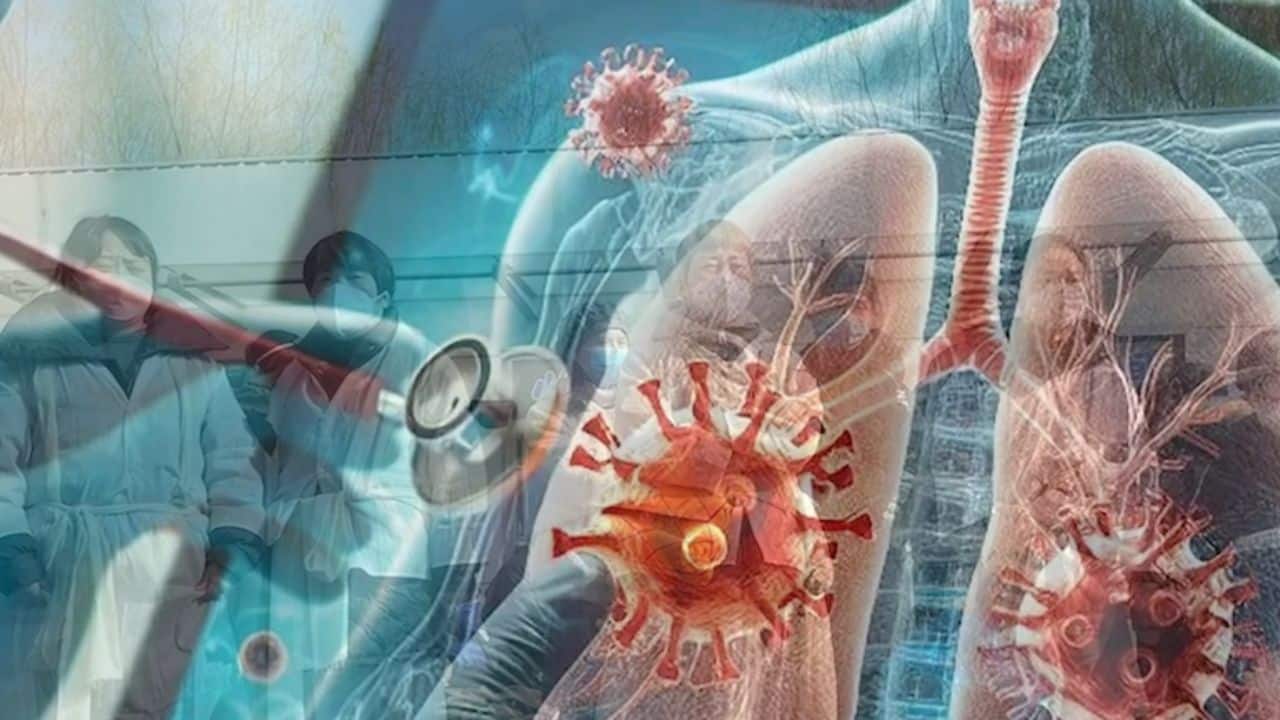Five years after the COVID-19 pandemic, a spike in respiratory illnesses in China is raising alarms. Social media platforms are abuzz with claims of a “new epidemic,” but health experts urge caution, emphasizing that the situation is more of a seasonal surge than an emerging crisis.
Here’s what we know so far about the rise in illnesses affecting children and the elderly in China.
What’s Happening?
China is currently experiencing a significant uptick in respiratory illnesses, including Influenza A, Mycoplasma pneumoniae, and Human Metapneumovirus (hMPV). These illnesses predominantly affect vulnerable populations such as children, whose immune systems are still developing, and the elderly, particularly those with underlying conditions like asthma or COPD.
The symptoms of these illnesses include fever, cough, runny nose, and in severe cases, bronchitis or pneumonia. Experts attribute this spike to a combination of cold weather and the easing of strict COVID-19 restrictions, which had kept many viruses at bay for years. The return to normal social interactions has created a “catch-up” effect, exposing people, especially children, to viruses they had little contact with during lockdowns.
Addressing the Epidemic Rumors
Rumors of a new epidemic have been fueled by videos and posts on platforms like X (formerly Twitter), showing crowded hospitals and suggesting overwhelmed healthcare systems in China. Some posts speculate that a mysterious new virus is spreading, causing widespread concern.
However, neither the Chinese government nor the World Health Organization (WHO) has issued any formal alerts about a new epidemic. Experts clarify that this surge in respiratory illnesses, while notable, aligns with seasonal trends and does not indicate a new pandemic. Influenza A remains the primary driver of these illnesses, with hMPV contributing to the rise. Importantly, hMPV is not a new virus—it was first identified in 2001 and typically causes seasonal outbreaks.
Who Is Most at Risk?
The surge in respiratory illnesses poses the highest risk to:
- Children: Their developing immune systems make them more susceptible.
- The Elderly: Age-related immunity decline and pre-existing conditions heighten their risk of severe complications.
- Individuals with Chronic Conditions: Those with asthma, COPD, or other respiratory issues are more vulnerable.
hMPV, like other respiratory viruses, spreads through droplets from coughs or sneezes, making crowded areas hotspots for transmission.
Why Is This Happening Now?
The current spike is primarily attributed to two factors:
- Cold Weather: Respiratory viruses thrive in colder climates, leading to increased transmission rates.
- Post-COVID Normalcy: Prolonged lockdowns and reduced social interactions during COVID-19 kept many pathogens in check. With life returning to normal, people are now being exposed to these viruses again, creating a sharp rise in cases.
What Can You Do?
While the situation is concerning, health experts recommend focusing on prevention and basic hygiene measures:
- Wash Hands Frequently: Use soap and water or hand sanitizer to reduce virus spread.
- Wear Masks: Especially in crowded places or if you’re feeling unwell.
- Practice Social Distancing: Avoid crowded areas when possible, particularly if you’re at high risk.
- Stay Home When Sick: Resting and avoiding public spaces can prevent the spread to others.
For individuals with underlying health conditions or those in high-risk groups, consulting a healthcare provider at the onset of symptoms is crucial.
Seasonal Spike, Not a Crisis
Despite the alarming headlines and viral social media posts, the rise in respiratory illnesses in China is consistent with seasonal patterns. Experts urge the public to remain calm and informed. Unlike the early days of COVID-19, there is no evidence to suggest a new epidemic or cover-up. Influenza A remains the dominant virus, and while hMPV cases are increasing, they are not unprecedented.
The current situation in China highlights the ongoing challenges of managing seasonal illnesses in a post-pandemic world. While the rise in respiratory cases, particularly among children and the elderly, is concerning, it is not indicative of a new global crisis. Staying informed, practicing good hygiene, and taking precautions are the best ways to protect yourself and your loved ones during this seasonal spike.
The Information is Collected from Business Today and India Today.








































